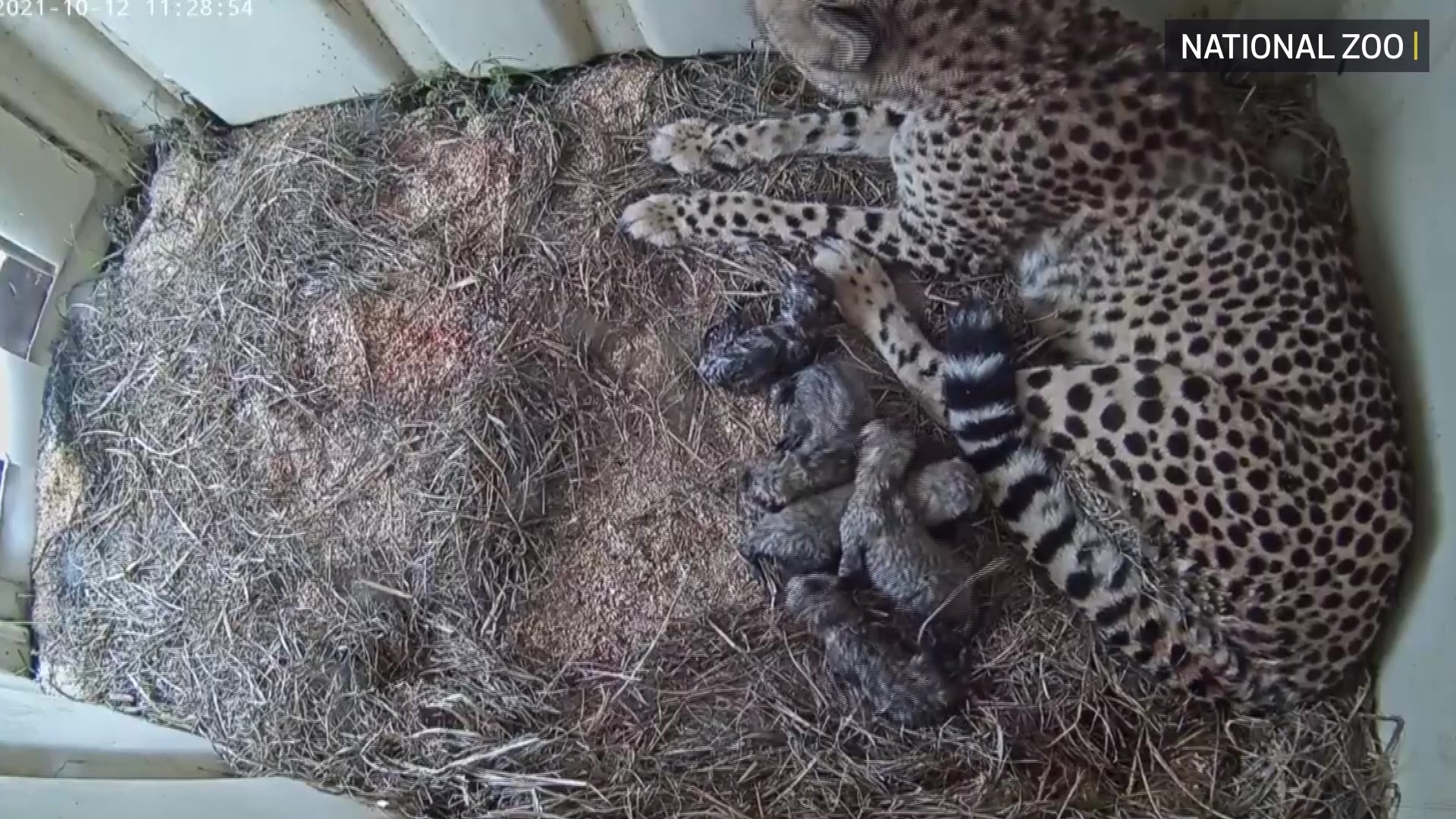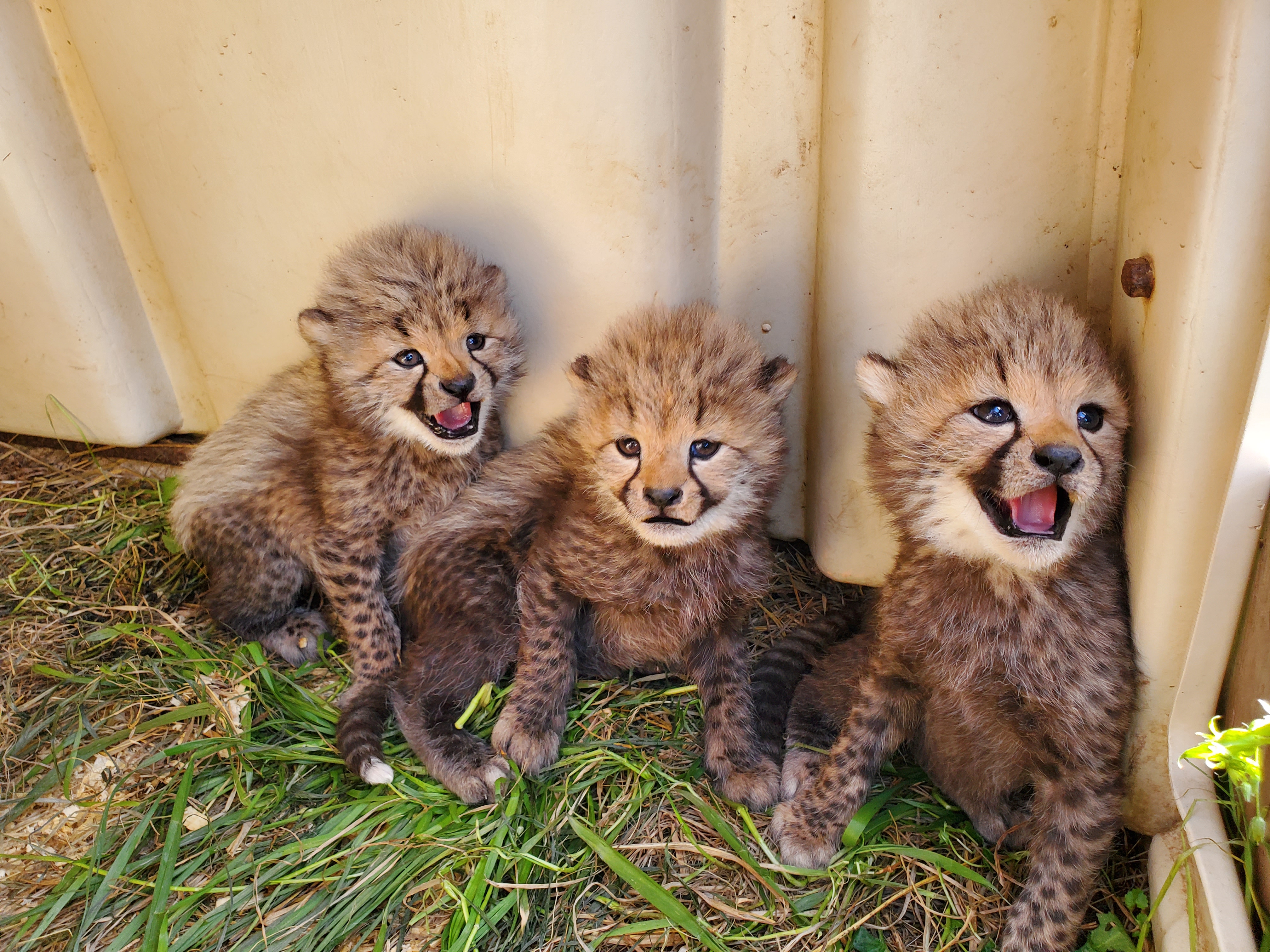Two new cheetah cubs were welcomed to the Smithsonian’s National Zoo and Conservation Biology Institute (NZCBI) in Virginia, on Oct. 3, showing signs of health in the expanding family of big cats.
The cubs are already special, according to carnivore keepers. Amani, the 4-year-old mother, and 7-year-old father Asante, are both first-time parents, making the two cubs genetically valuable.
“Being able to watch our cheetah family grow, play and explore their surroundings is incredibly special,” said Adrienne Crosier, cheetah biologist.
The cubs are strong, active and vocal, and appear to be nursing well. Animal care staff can’t determine the sexes of the cubs yet, as they are giving Amani time to bond with her new litter without interference.
We're making it easier for you to find stories that matter with our new newsletter — The 4Front. Sign up here and get news that is important for you to your inbox.
“Seeing Amani successfully care for this litter—her first—with confidence is very rewarding,” Crosier said.
This new family is part of a larger effort by NZCBI, which is part of the Cheetah Breeding Center Coalition, a group of 10 cheetah breeding centers across the United States that aim to create and maintain a North American cheetah population under human care.
The cubs are considered a significant addition, as Amani and Asante were specifically paired by scientists based on their health and genetic makeup. The two bred naturally and Amani’s pregnancy was confirmed on Aug. 8.
Since 2007, 17 cheetah litters have been born in the Virginia campus. With an estimated 7,000 to 7,500 cheetahs left in the wild, the species is considered vulnerable to extinction, and NZCBI leads the Smithsonian’s global effort to save the species and train conservationists, with 305 staff and scientists partnering with fields around the U.S. to save wildlife and habitats.
Studies done by NZCBI focus on effective and healthy breeding to sustain this cheetah population, considering factors such as disease, age, biology and reproductive health.
This research made it possible for the two healthy cubs to be born. Anyone can watch them feed, vocalize and grow through the zoo’s Cheetah Cub Cam.
“We hope this experience brings Cheetah Cub Cam viewers joy and helps them feel a deeper connection this vulnerable species,” Crosier said.
Visitors can view the cubs on the cam until they leave the den. A video of the birth is also available to watch.



